Top 10 Best Malls In India 2023
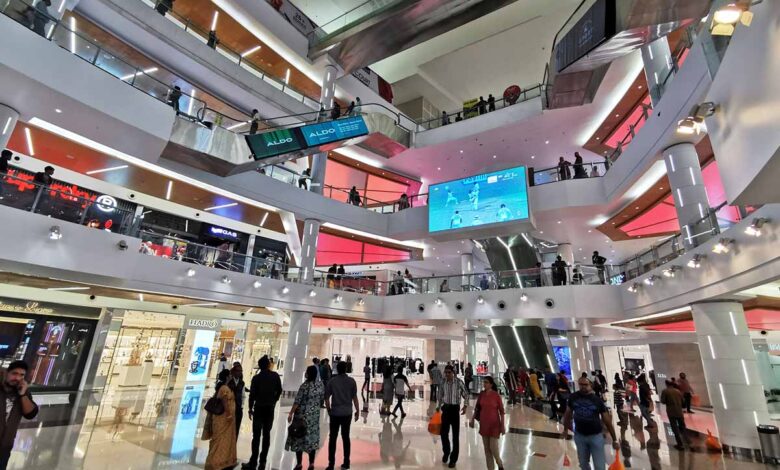
One of the biggest places for shopping in the world is India, which is flourishing. Numerous brand-new shopping centres (malls) debut to the public each year. India has a unique mall shopping culture in comparison to several other countries. Let’s know about malls in India and then have a look at the top ten shopping malls in India.
India’s Expansion of Malls
Up until 1990, street markets and bazaars dominated the Indian retail industry and contributed significantly to sales. However, following 1990, the nation witnessed the rapid rise of mall culture, particularly in major cities like Delhi (NCR) and Mumbai. Prior to a few years ago, individuals had to choose between going to the movies, going shopping, or just sitting out on a vacation. Now, however, all of these activities can be completed simultaneously, under one roof, and with a beautiful experience.
As they provide free access to a completely air-conditioned complex with pleasant music playing all around and plenty of window shopping opportunities, people find these malls to be the finest places to shop or hang out in the summer heat. Not to mention the countless restaurants serving a variety of cuisines designed to become the focus of attention for all foodies. Even though malls are popular with people of all ages, young people are the main fans of multiplexes since they view them as the “ultimate place to wander.”
These new media platforms can be used for a variety of things, including shopping, entertainment, socialising, dating, or just as a fantastic way to kill time for nothing. Unfortunately, malls have evolved into the hippest and safest places for teenagers, especially college-bound ones, to go bunking. The development of dance floors (discos) has given adolescence a new sense of adventure and excitement.
The glitz that could previously only be seen on the silver screen has now spread to all major cities, and one can readily view it in his or her neighbourhood thanks to these “never seen before” encounters. Nearly any mall found in any area can compete with any high-quality mall found anywhere in the world.
Shopping centres’ increased acceptance and popularity are actually due to their global appeal. Today, we are surrounded by the Western/European retail experiences.
If we go back to the early 1990s, Ansal Plaza (Delhi) and Maya/ Spencer Plaza (Chennai) seemed to be the only popular shopping malls in the nation. However, at the present time, there are more than 150 well-established malls in the nation, and more than 300 new malls are currently being built in different parts of the nation, which pose a threat to traditional kirana stores.
Traditional stores and market platforms must now emulate malls by offering a variety of diversified products, including food and beverage outlets and entertainment venues, preferably all under one roof, to improve the overall shopping experience for potential customers.
A mall’s world-class ambiance, services, exposure to numerous brands, tempting promotional opportunities, and large regular discounts all draw customers in. Visitors to malls benefit from surplus incentives like the better convenience of shopping in air-conditioned, visual comfort, and access to a choice of food alternatives.
Indian Shopping Mall Prospects:
According to estimations from around the world, India has 100 million square feet of mall space in 2015. The good news for residents of NCR (Delhi) is that 40% of these will be centred in this area alone. Despite the fact that malls are expanding across the nation, traditional markets have remained popular with consumers who are concerned about their budgets.
With the third largest economy in Asia having the most shopping malls, the retail boom in India is expected to experience exciting growth in the years to come.
The National Capital Region (NCR) and Mumbai are home to most of the gleaming shopping malls across the country, with more than 100 malls total.
According to projections, organised retailing was expected to reach $30 billion by 2012 and $ 75 billion by 2017 thanks to annual growth rates of 25–30%. In the upcoming years, it is predicted that investments in the retail industry will increase at a rate of five to seven percent annually.
Evolving Attitudes of the Indian Population:
Middle-class Indians have abandoned their fondness of traditional stand-alone Indian stores that lack air conditioning, organised parking, and other public facilities, driven by growth in middle class income, education level, style of life, and willingness to save money. Instead of being a place where people just go to buy fashion items, new emerging malls are growing in size to market themselves as a “one-stop-shop” for needs related to shopping, entertainment, leisure, and eating out.
Industry estimates indicate that by 2015, the north zone made up 42% of all mall space, followed by the west zone (35%), the south zone (15%), and the east zone (12%). (8 per cent). Similar findings from a study conducted by Images Retail are also shown.
The expansion of retail space will primarily take place in Tier II cities. The survey also makes clear that over the past ten years, consumption and the rapidly expanding middle class have been the main factors fuelling demand in the retail industry. For the current generation (Gen X), shopping is much more than just a basic requirement, and malls are quickly elevating their status as symbols of neighbourhoods.
Development of a Distinct Culture:
Experiences in stores are linked to a general propensity for purchasing. They are operationalised based on actions, interests, and statements made about shopping-related acts and described as a certain aspect of lifestyle. The way malls are developing and becoming embraced by cities, small towns, and metropolises has given rise to a distinct shopping culture. As a step up from being a “one stop shop,” malls are now becoming community centres in an effort to attract customers.
For instance, Mumbai residents can participate in free courses on a variety of topics, including self-defence, calligraphy, and fruit carving. They can even demonstrate their talents in performing arts or go for a brisk morning stroll at 6.30 am.
At this time, the restrooms and parking are both operational, giving people a secure location for a green and tidy area. Early in the morning, the Vashi Mall promoters in Mumbai began a free bus service to pick up and drop off customers in and around Navi Mumbai. They intend to expand this service to their other malls as well.
Similar to this, the Abirami Mall in Chennai provides pick-up and drop-off services for patrons. According to Abirami Ramanathan, managing director of Abirami Mall, “There is no set notice that anyone has to provide us because we aim to reach individuals as soon as we can.” The cost of the Tata Indica chauffeur service is less than the typical call taxi prices, which run about Rs 15 per kilometre, offered by Abirami Mall. At least 40 to 50 people call for cab services per day on average.
Another mall in Chennai, City Centre, has valet parking and a waiting space with water, magazines, and restrooms for clients’ drivers. Express Avenue, another mall, will soon offer nursing rooms for moms, children’s hobby centres, and golf carts to transport the elderly and the crippled around. Customers can get directions from roving may-help-customers guides and touch screen booths at Ampa SkyWalk Mall.
In just ten years, India’s shopping mall population has increased exponentially, going from zero in 2000 to about 500+ today. There are now a lot more malls across the country during the past ten years. From 50 malls in 2004, there were 450 malls in 2011, and that number is predicted to rise steadily over time.
Now let’s move towards the Top 10 Malls In India 2023 –
1. Lulu Mall
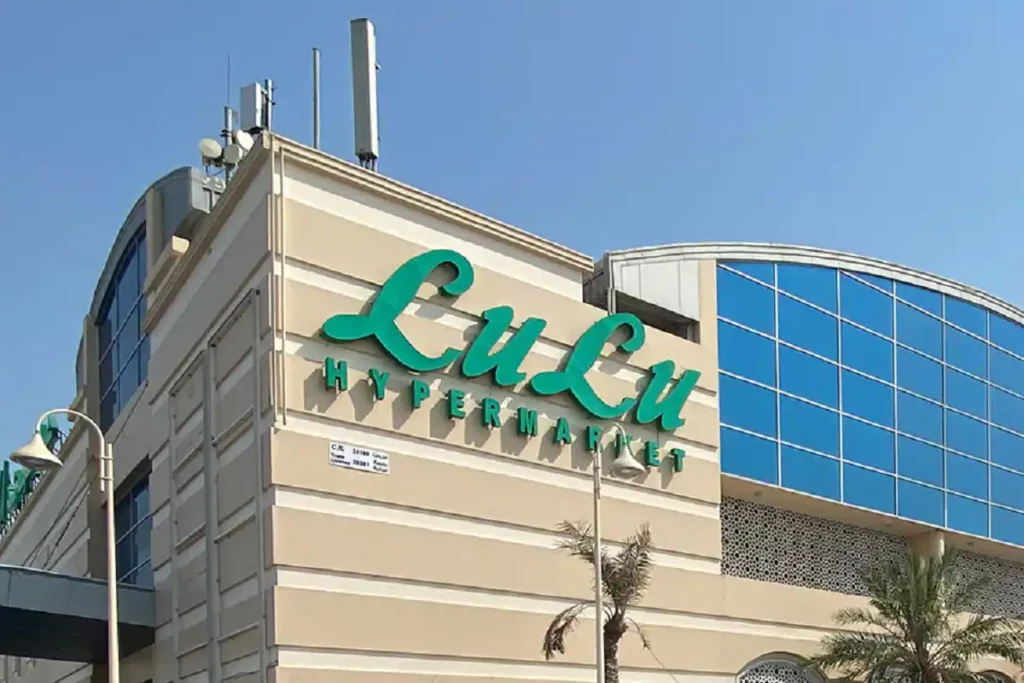
With 1.7 million square feet of total shop space, Lulu Mall is the biggest mall in India. The 17-acre Edapally, Kochi, mall has 215 dining establishments, a multiplex, food courts, amusement areas, a bowling alley, money exchange offices, arcade games, and a 5D movie theatre.
The mall has the largest ice skating rink in south India, measuring 5000 square feet, and 3500 vehicles can park there. The largest central atrium with a transparent glass roof is located in Lulu mall. The Lulu group’s first retail endeavour in India was Lulu mall. At the intersection of the NH 66 and NH 554 national highways, the mall is a landmark for retail. It is Kochi’s top tourist destination. In addition, the mall published an Asia Book of Records in an effort to show support for Indian soldiers. To convey the message “Lulu salutes our heroes,” 5509 staff illuminated Deepavali bulbs within the mall.
2. Select City Walk
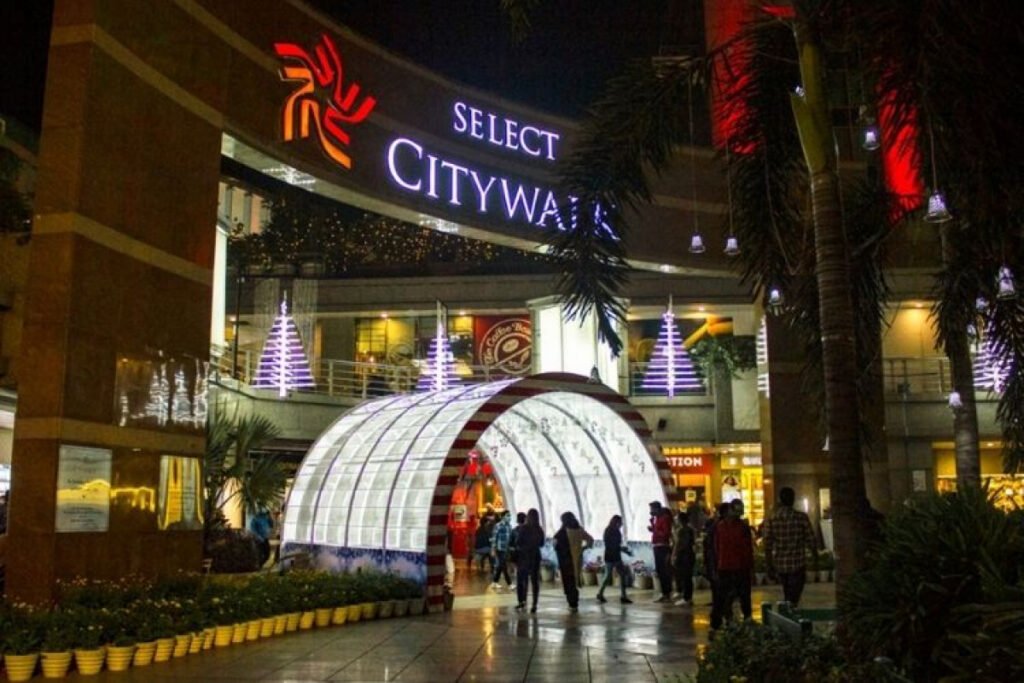
The Select City Walk Mall is one of Delhi’s most well-known shopping centres. The mall, which is situated in the city’s Saket area, is filled with both domestic and foreign brand names. In addition to a sizeable PVR theatre and kid-friendly play areas, the mall offers a massive food court with numerous fast food chains.
Select City Walk, India’s ninth-largest mall, debuted in 2007. The fact that this mall is organised into three classic sections—the mainstay traditional family, the celebration centre stage, and the high-voltage youth—is its strongest feature. It features more than 125 outlets and a range of domestic and foreign brands.
3. Phoenix Marketcity
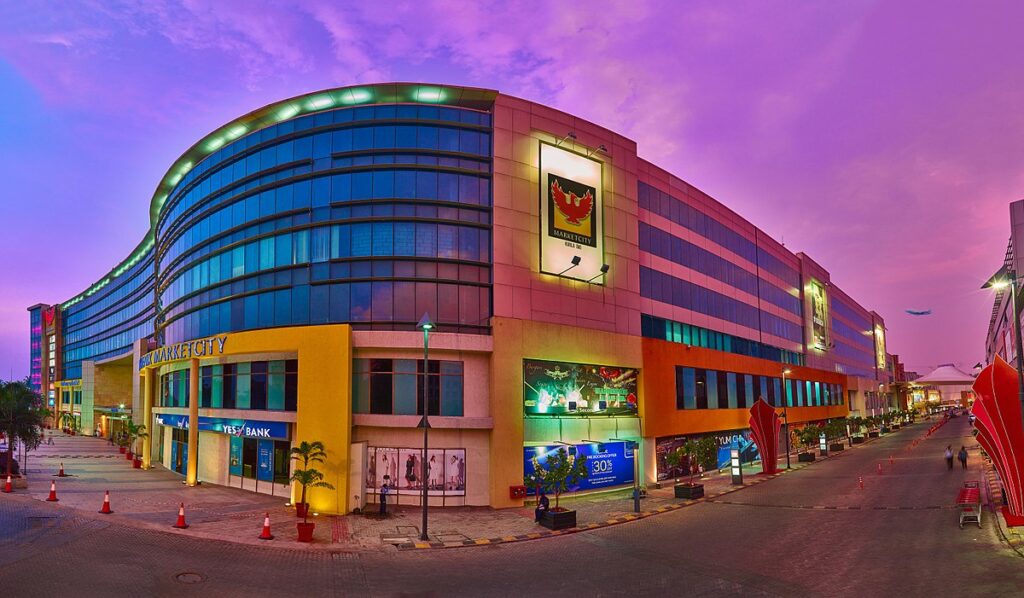
The biggest retail centre in Mumbai is Phoenix Marketcity, which opened in 2011. It is located in Kurla and has a 4.1 million square foot footprint, with 2.1 million square feet of retail space. More than 600 national and international retailers, more than 100 eateries, and a 14-screen PVR Cinemas are all located in the mall. It is one among the city’s most well-liked mall complexes.
Visitors’ shopping experiences have been transformed as a result. In addition to providing a place to buy, it also provides a location where guests may eat and have fun. Visitors can eat delicious food, play games at the arcade, and watch movies. Phoenix Marketcity ushers in a new era of family-friendly destination shopping with its fusion of fashion, food, fun, atmosphere, and culture. For the enjoyment of all visitors, a number of events are planned in the mall’s Dublin Square area.
4. Elante Mall
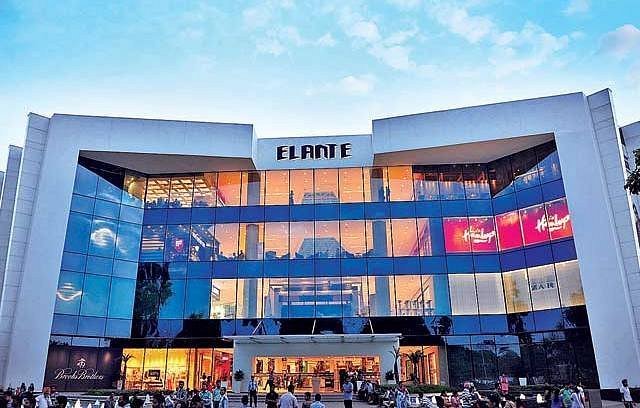
The second-largest mall in Chandigarh, Elante Mall, is located in Industrial Area Phase 1. The mall, which covers a sizeable 20 acres of land, is equipped with cutting-edge technology in the parking lot, the PVRs, and the retail space area. It presents a sizeable food court filled with several restaurants, a sizeable children’s play area, and a number of clothing, footwear, and cosmetics stores.
It ranks third overall in India and is the second-largest mall in Northern India. Many domestic and foreign brands, including Big Bazaar, Westside, Pantaloons, Lifestyle, and Gucci, can be found in Elante Mall. At the mall, there is also an 8-screen MultiplexPVR Cinema.
5. World Trade Park
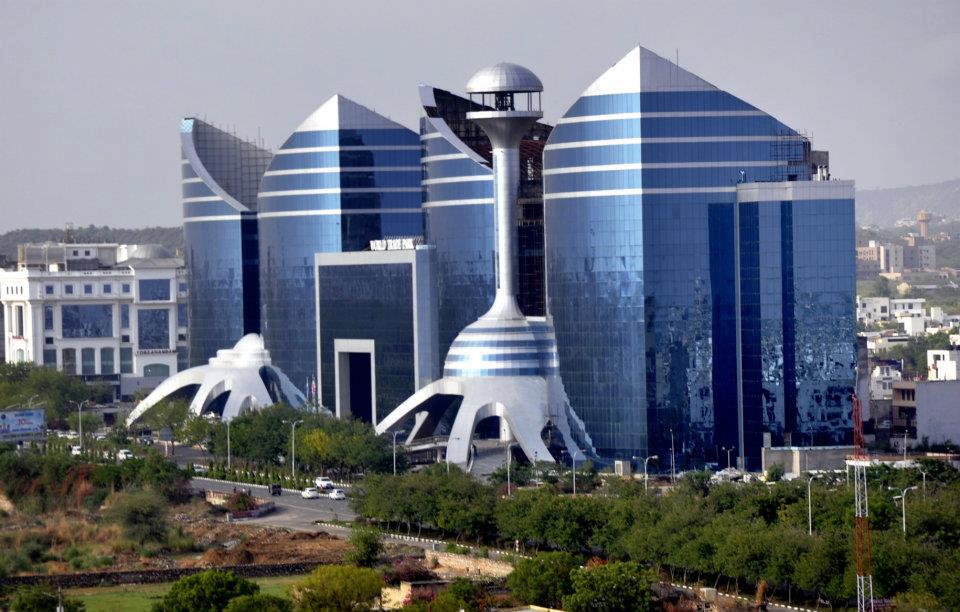
In Jaipur, World Trade Park is a well-known destination for shopping, leisure, and amusement. After two years of building, Yatharth Varshney owns it, and it was made accessible to the public in 2012. The park’s construction cost more than 3.5 billion rupees and took up more than 52 acres of land. Two distinct blocks are located on either side of a busy roadway in Jaipur. Customers can use the bridge that connects these blocks to the rest of the mall, which has over 500 shops, a food court, movie theatres, and other entertainment areas. The exterior colour pattern of the 11-story towers is blue and silver, and they are illuminated for visitors every evening.
The mall, which has more than 500 shops, includes a wide selection of western and ethnic clothing stores for adults, adolescents, and children. There are also a lot of accessory shops, footwear stores, bag and luggage shops, watch shops, jewellery brands, sportswear stores, handicraft stores, gift shops, and businesses selling beauty products. Because they constantly have the newest technology available to their consumers, electronics and gadget shops frequently draw large crowds.
6. DLF Mall of India
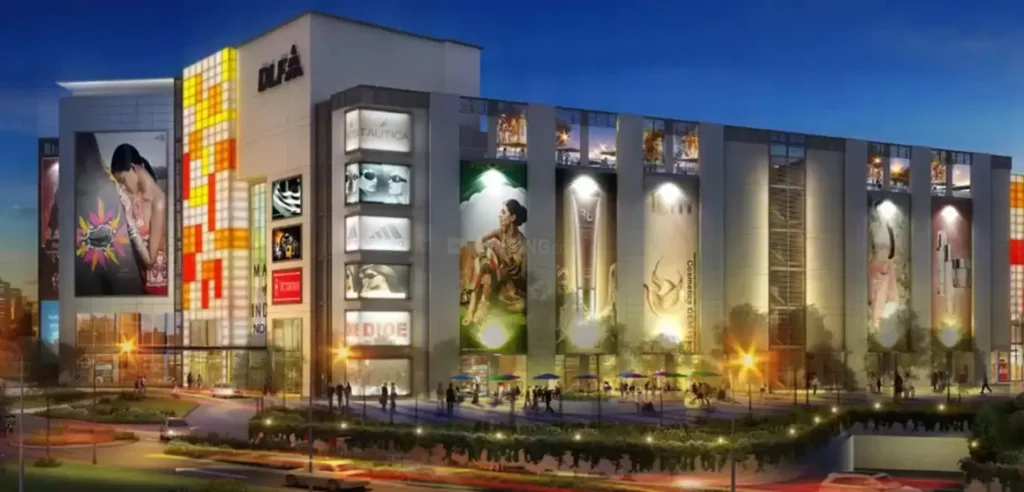
The DLF Mall of India, which has 2 million square feet of retail space, is the biggest mall in India (GLA). It has five amazing zones that are wonderfully separated and spaced out over seven stories, and it is brimming with chic clothing boutiques, mouthwatering food selections, and exciting entertainment venues.
It is the first destination mall in the nation and is home to over 400 brands, including 100 fashion brands, 75 food and beverage options, and countless entertainment options. It not only offers a rewarding shopping experience but also exhilarating entertainment and a sensational dining experience like never before.
The goal of DLF is to become the most valuable and sustainable real estate company in the world while making a substantial contribution to the safe, legal development of India.
7. UB City Mall
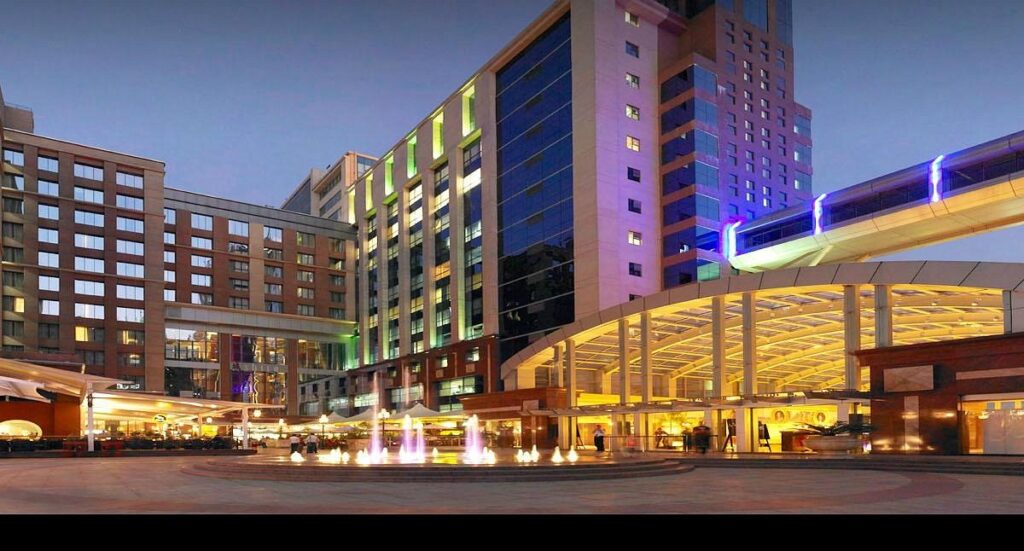
A one-stop shop for all of your high-end brand needs, this luxury mall is situated in Bangalore’s CBD (Central Business District). It encompasses a total of four buildings and occupies a staggering 13 acres. Whether you want to buy at a high-end store, eat at an upscale restaurant, or unwind in a spa after a long day at work, this location caters to all of your opulent requirements.
Louis Vuitton, Estee Lauder, Rolex, Burberry, Jimmy Choo, and Canali are just a few of the luxury clothing, footwear, jewellery, handbags, and cosmetics brands that call this location home. For all of the visitors to have the greatest possible experience, a variety of events are also timely planned. There are some of the best dining options in the world here, but they also have a little higher price tag. Subway is the restaurant in this area with the lowest prices.
8. Alpha One Mall
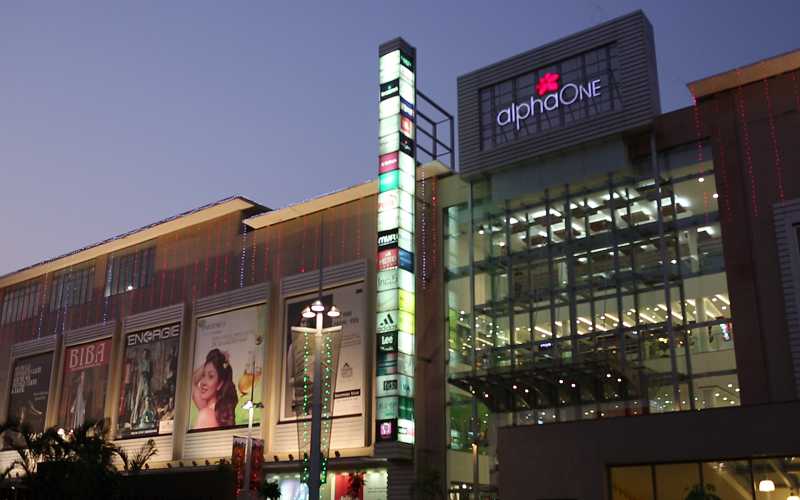
The Alpha One Mall, commonly called Ahmedabad One Mall, is Ahmedabad’s largest mall and is established in the city’s centre. The largest mixed-use city centre in Ahmedabad’s bustling Vastrapur neighbourhood, Alpha One Mall has an area of 706,000 square feet. It was formerly the capital of Gujarat.
There are a number of national, international, and local brands spread throughout the mall’s three floors. There are several businesses, from single-location stores to franchise outlets. Alpha One Mall is a perfect place to spend a full Sunday with family, a Friday afternoon with friends, or just for a window-shopping stroll anytime you feel like it, thanks to entertainment options like movieplex and a fantastic food court to visit after the show.
9. Mantri Square Mall
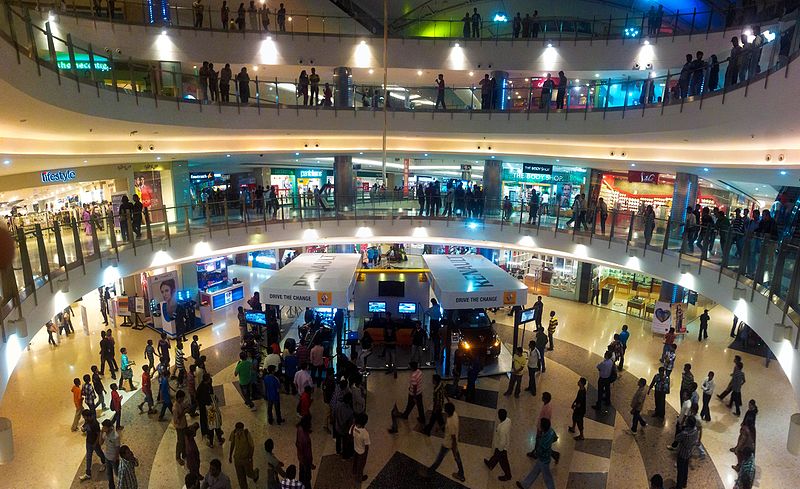
Mantri Square, a one million square foot development, is nestled at #1 Sampige Road in the centre of Malleswaram. Mantri Square, which opened in 2010, has established a reputation as the top destination for family entertainment. With more than 250 locations, the company brings joy to its consumers with a wide range of international, national, and local brands. Mantri Square provides the city with a healthy and captivating lifestyle shopping experience.
Mantri Square has a serene area for food and drink to ensure that everyone who enters the mall has a good time. The mall offers a variety of dining options, including fine dining restaurants, quick food restaurants, coffee shops, juice bars, and more. It also has the largest food court in Bengaluru with over 1,500 seats. Mantri Square presents a cutting-edge movie-watching experience at Insignia in addition to the six-theater Inox multiplex. At Amoeba and Kool Kidz at the mall, the little ones may have fun and let loose. Mantri Square is an unusual architectural creation by the highly regarded South African firm Bentel Associates, which fuses modern architecture with contemporary Indian aesthetics.
10. Esplanade One
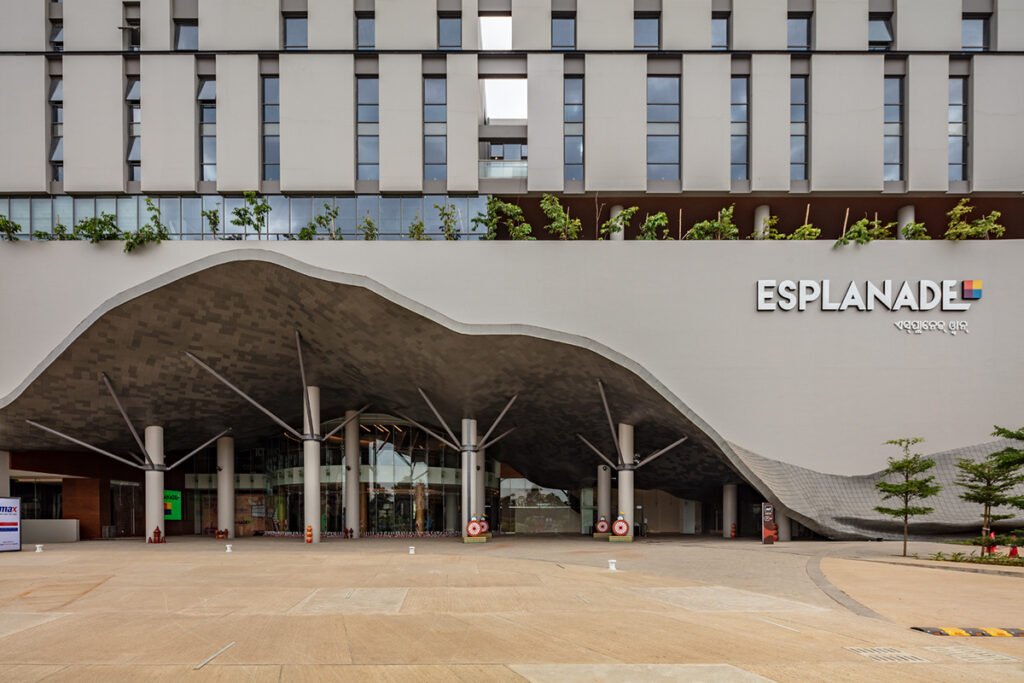
The Practice Design Pvt Ltd. created Esplanade One, the largest shopping centre in Odisha, which is present in Bhubaneswar. The Forum Group and The Blackstone Group created it. Esplanade One has a total built-up area of 9.5 lakh square feet, of which 4 lakh square feet are rentable (Retail Space & 7 Screen Multiplex). 2.5 lakh square feet of offices and 3 lakh square feet of parking are also included. The offices are located on the third floor of the nine-story structure.
The mall is home to many high-end retailers providing clothing, accessories, footwear, and other items. Additionally, it contains a sizeable food court, a kid’s gaming area, a PVR multiplex, and a sizeable parking area.
Bottom Line –
Overall, both adults and children will find that India’s shopping malls are great places to buy, hang out, eat, and have fun. We really hope you have liked our thorough list of shopping centres in India. If you know of any others that should be on this list, please let us know!




